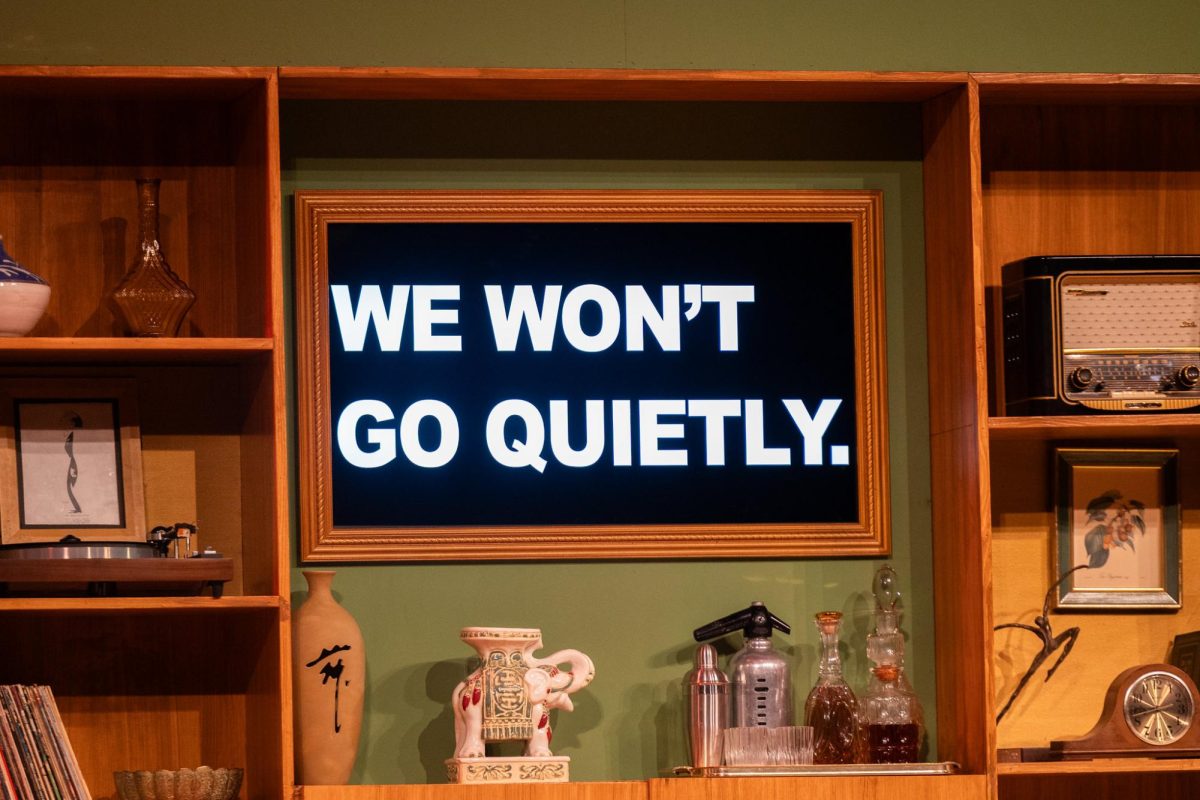No company has influenced the gaming industry like Nintendo. Starting as a humble trading card and toy manufacturer in 1889, the company erupted into the early video scene in a handheld called the Game & Watch. Sold with preloaded hardware, the device paved way for Nintendo’s truly groundbreaking 1983 release: the Family Computer, or Famicom. This system would be later released in the United States under a much more familiar name: The Nintendo Entertainment System, or NES. Setting the bar both creatively and technologically, Nintendo has released dozens of critically acclaimed games across award winning systems including the Nintendo 64, Gamecube, and Super Nintendo Entertainment System. Its best selling system, the Wii, released in 2004, has sold over 101 million units to date, according to Nintendo of Japan’s sales records on their website. The success can be attributed to its introduction of motion control and lower price point. Yet, despite all the praise, the company is not without it’s flaws.
With the introduction of the Wii, competitors Sony and Microsoft released their iterations of home entertainment systems. Sony and Microsoft’s released sales data revealed that both the Microsoft Xbox 360 and the Sony Playstation 3 lost in sales compared to the Wii, but performed better and touted more features including online play and DVD and Blu-ray playback. Xbox 360 and PS3 were home to some of the most popular games in history and boasted superior graphic displays, running in HD at 1080p.
Support from both in-house studios and third-party companies helped games like the Halo series, Call of Duty series, and other mature, online multiplayer games set them apart from Nintendo’s family-oriented machine. The underwhelming performance, underpowered hardware, and slough of shovelware titles from third-party companies aided in one Nintendo’s worst performing consoles: The Wii U.
The Wii U carried over Nintendo’s obsession with innovation, which worked well on systems like the Super Nintendo and Nintendo 64. However, that innovation turned into more gimmicky gameplay. Released in 2012, the console featured a gamepad in the center of the controller. This idea was a turnoff for many developers, as the hardware was too difficult to develop for the smaller demographic. This was perhaps the biggest reason for the Wii U’s failure, as it sold a total of 13.56 million units worldwide as opposed to the PS4 and Xbox One, who have sold about 60 million and 30 million units respectively, according to the latest product disclosures from Sony and Microsoft. As Nintendo’s competitors consistently produced games, Nintendo was one of the few companies committed to quality over quantity; which, coincidentally, led to their quarterly downfall.
The latest console from Nintendo, the Nintendo Switch, focuses more on core gaming, ditching the motion-focused controls and screen and utilizing a more traditional controller layout. Able to be both a handheld and a home console, the Switch aims to bring players together for co-op play anywhere they may find themselves by having two controllers right out of the box. This console was Nintendo’s first main hardware release since the passing of Satoru Iwata, who serves as president from 2002-2015. Their new president, Tatsumi Kimishima, may be exactly what Nintendo needs to regain their former glory.
With an extensive background in banking, Nintendo’s new president has been making noticeable decisions. The Switch has had a strong start, selling 7.63 million units since it’s release in March of this year. They’re being more open to working with third party developers, welcoming companies such as Bethesda, who are responsible for the award winning Elder Scrolls and Fallout series. Along with the Switch, Nintendo has also begun to capitalize on the popularity of their older games, offering cheaper consoles preloaded with classic NES and SNES games. Both systems have sold out almost immediately when presales opened. Nintendo has even begun development for the mobile sector, releasing games like Super Mario Run and Pokemon Go on iOS and Android. Pokemon GO in particular has proven massively successful, recently grossing $1 billion.
With any luck, Nintendo will keep utilizing new ideas to bring audiences together, not to separate them. The recent releases of games like “Super Mario Odyssey” and “The Legend of Zelda: Breath of the Wild” prove that the company still has plenty of creativity to offer fans. With a cavalcade of characters beloved by many and some great hardware strides, it would be a great thing to see Nintendo back on top.



































